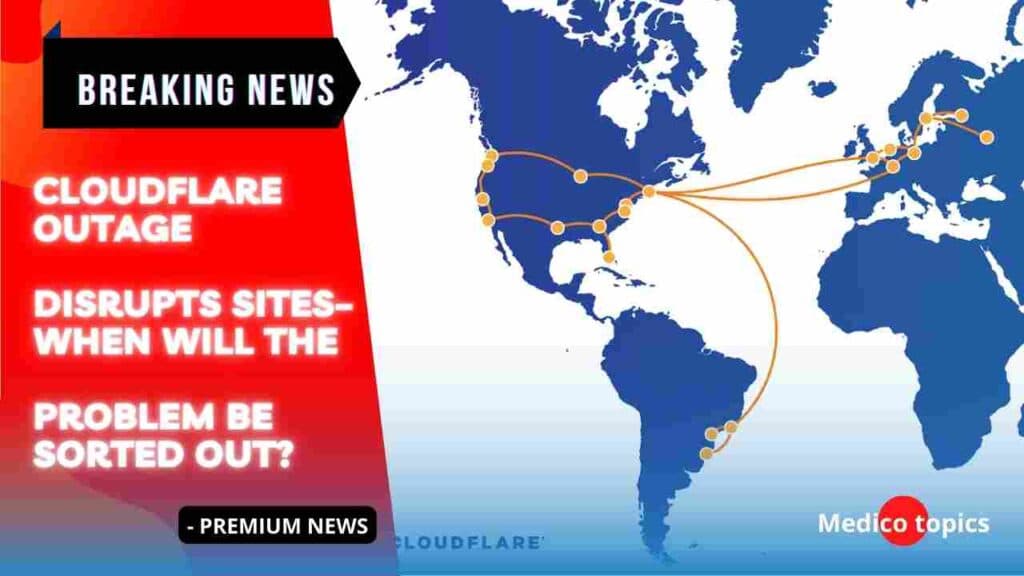Massive Cloudflare Outage Disrupts ChatGPT, X, and Thousands of Sites
A widespread Cloudflare disruption on November 18 left thousands of websites and apps intermittently inaccessible, affecting major platforms including X, OpenAI’s ChatGPT, Canva and Shopify. The incident underscores the systemic risk posed by a handful of infrastructure providers that handle a large share of global web traffic, and raises fresh questions about resilience for businesses and internet services.

Cloudflare engineers responded on November 18 after a sudden spike of unusual traffic to one of the company’s services produced widespread internal server errors and elevated error rates across its network. The problem began at 11:20 UTC and caused intermittent outages that left thousands of sites and applications unavailable to many users, with reports of errors in the 500 range and API failures.
The disruption touched a wide swath of high profile services. Users across multiple regions reported trouble accessing X, OpenAI’s ChatGPT, Canva, Shopify and other platforms that rely on Cloudflare for content delivery, security and performance. Downdetector data showed the number of outage reports peaking in the thousands as users documented failed page loads, server errors and broken application endpoints.
Cloudflare said its engineers deployed a fix and that error rates fell, but the company warned some customers might continue to experience intermittent issues while recovery monitoring continued. The outage highlighted how dependent much of the modern internet has become on a relatively small number of infrastructure providers. Cloudflare’s network handles roughly a fifth of global web traffic, and any disruption at that scale produces ripple effects felt by businesses, developers and end users around the world.
For companies that rely on cloud services and third party edge networks, the incident exposed practical vulnerabilities. Retailers using hosted storefronts saw temporary interruptions to commerce traffic, developers experienced blocked API calls, and consumer facing apps lost responsiveness at peak usage periods. The economic cost of even short outages can be substantial for firms that depend on continuous online availability for transactions and customer engagement.
The episode is likely to renew discussions about redundancy and resilience at both corporate and regulatory levels. Architects of online services often build failover strategies and multi provider configurations, but those measures can be complex and costly to maintain. Small firms and startups that depend on a single provider for security and content delivery are particularly exposed to availability problems that originate outside their control.
Security researchers and industry observers said the outage also prompted questions about concentrated points of failure in web delivery and security stacks. When one platform manages large volumes of routing, caching and protection functions, an operational anomaly can cascade across unrelated services that use the same underlying infrastructure.
Cloudflare’s rapid deployment of a corrective measure reduced the scale of the disruption, and most services recovered within hours. The incident nevertheless serves as a reminder that the internet’s backbone relies on commercial networks whose operational health matters to millions of users and thousands of businesses. Expect renewed attention this week from enterprise IT teams and regulators evaluating how to increase redundancy, improve incident transparency and limit the fallout when critical infrastructure falters.


